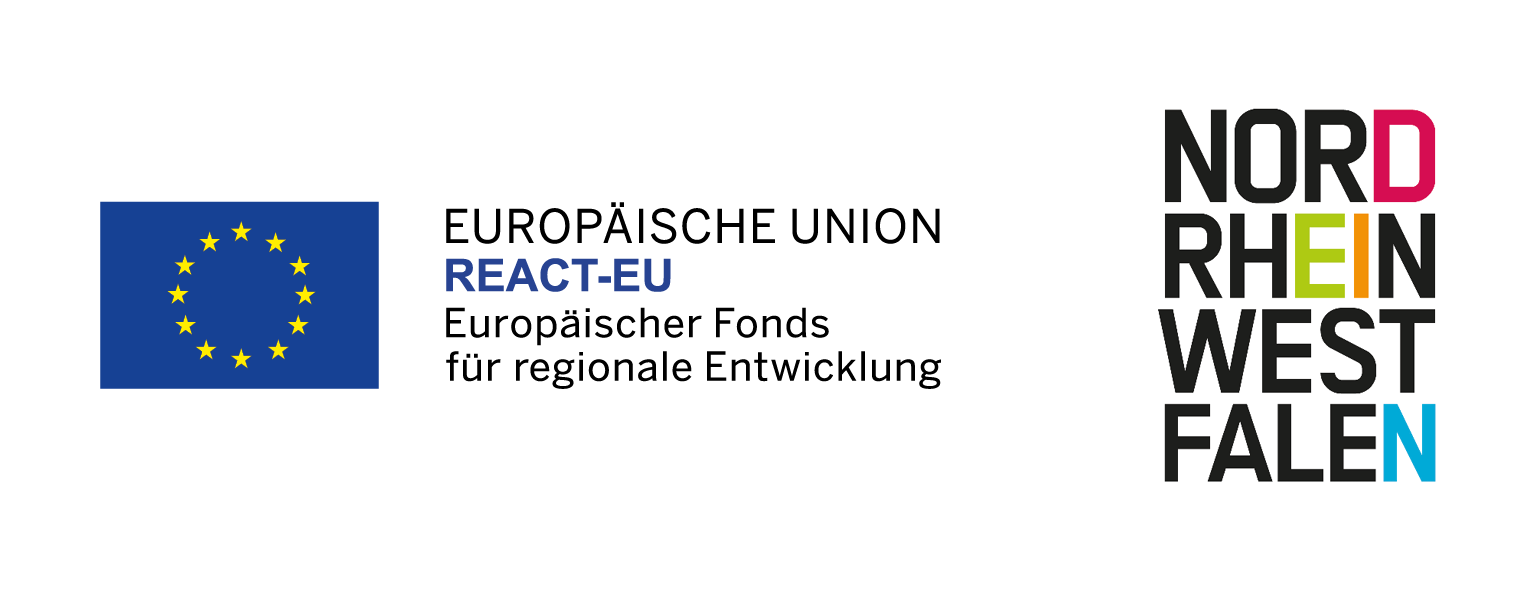
The importance of openness and conversation

The importance of openness and conversation
A interview with Patrizia Dander
Patrizia Dander was no stranger to the Rhineland when she became head of the curatorial department at the renowned Kunstsammlung Nordrhein-Westfalen, the art collection of the state of North Rhine-Westphalia. From 2004 to 2006, she had been an intern at Düsseldorf’s Kunstverein gallery and then, alongside Akiko Bernhöft, was in charge of the ‘white light’ exhibition space from 2006 to 2007. Her career then took her to Munich’s Haus der Kunst and Museum Brandhorst. In 2022, she bade farewell to her Bavarian homeland and returned to the Rhine in November 2022. In this interview, Dander shares her thoughts on the local art scene and explains what is expected of a modern museum.
You lived in Munich for a long time. What role does Düsseldorf as a location play in your work?
Although Düsseldorf seems very familiar to me now, I still have plenty left to discover. After all, there have been quite a lot of changes in recent years. The Rhineland and the neighbouring Ruhr region have an amazing wealth of institutions, all with their own profiles, models and programmes. At the moment, I’m really enjoying spending the weekends travelling around, visiting exhibitions and meeting colleagues. It’s a real privilege to live and work in Düsseldorf.
What has stayed the same and what has changed since you left Düsseldorf for Munich 16 years ago?
Many people on the art scene are still here, especially some of the younger artists, which shows what a great place Düsseldorf is. There are several generations of artists living here who have made art history, including Hans-Peter Feldmann, Thomas Schütte and Katharina Fritsch. The same can’t be said of Munich, at least not to the same extent. It’s very expensive there, forcing many to leave the city. By contrast, Düsseldorf still seems to provide very good working conditions for artists.
The local scene, which is also influenced by the Academy of Arts and independent art spaces, is very integrated. That feels very healthy and, in my eyes, is crucial if an art city is to function properly. And Düsseldorf is further enriched by the presence of municipal and state institutions. It’s easy to get around the city, which I think is also important. This is complemented by the gallery scene that has emerged.
What will museums look like in future?
A key aspect is sustainability. For years now, Kunstsammlung Nordrhein-Westfalen has been working hard to reduce its carbon footprint. Exhibitions that are shown in several institutions are becoming increasingly important, not only because it is more economical but also from an environmental perspective. This year, for example, we are hosting a fantastic Chaïm Soutine exhibition that will then move to the Louisiana Museum near Copenhagen.
Another question is how the museum wants to interact with its different audiences. We’ve recently been joined by a new colleague whose role involves community engagement. Digitalisation is also an important aspect, as we realised during the coronavirus pandemic.
Nonetheless, a museum still thrives on people visiting in person. ‘Encounters’ is the name of a monthly series of talks at K21 that examine current issues relating to the significance of contemporary art for the future of our society. We invite artists and theorists to take part, who then propose someone with whom to have the discussion. The focus is on having a face-to-face conversation, as this provides a conducive setting for open discussions, and I think it’s important that these are not then immediately disseminated through the media. In this respect, the conversation is also a safe space whose content will not be subject to relentless online scrutiny.



How do you draw up a programme for a contemporary museum?
The programme has evolved enormously in the five years since Susanne Gaensheimer became director of Kunstsammlung Nordrhein-Westfalen. The programme structure is now much more diverse; artists from non-western countries feature more heavily. We strike a balance between our local roots and an international positioning, and develop our programme structure accordingly. This is evident from this year’s programme. For example, we are presenting Reinhard Mucha, one of Düsseldorf’s pioneering artists, at the same time as the American Jenny Holzer, whose work – which is highly relevant from a form and political perspective – has never been exhibited on this scale before. Since the end of March, we have been exhibiting the paintings and literary works of Etel Adnan at K20. She is an artist whose pieces connect wonderfully with modernist abstraction, one of the focal points of our collection. This will be followed by an exhibition focusing on Chaïm Soutine, a modernist painter who has had very little visibility here until now. We’re delighted to be one of only a few German museums to have a picture by the artist in its collection.
The autumn will see the first survey exhibition in Germany of Isaac Julien, one of the UK’s most important black filmmakers. His work has links to the media art focus of K21 and examines themes relating to the legacy of colonialism and its aftermath, which were also addressed in last year’s ‘Shifting Dialogues’ exhibition featuring photos from the Walther Collection. In her artistic practice, Andrea Büttner – whose works will be on show at K21 at the end of the year – questions the value systems and conventions that underlie aesthetic experiences. The exhibition will provide insights into her research process. I consider her to be one of the most important German artists of her generation.
That sounds like a very diverse programme, covering all kinds of themes. Where do you go when you want to switch off?
I live near Zoopark, and when I want to get out of the city, I head for Grafenberg Forest. But right now, I’m not in relaxation mode. For me, Düsseldorf is a hub from which I can travel in any direction. I’m out and about a lot at the weekends.
Where do you go to eat?
There are the classics like Bar Olio, which I remember from when I first lived in Düsseldorf, as well as some that I still definitely need to visit, including Die Kurve in Pempelfort and Nørds in Flingern. Round the corner from me is a nice little bar, Kakhaber, which serves organic wine from Georgia. I also love all the Japanese restaurants. In 2018, I spent three months in Tokyo and have been hooked on Japanese food ever since. And I’m currently discovering Korean cuisine. The city boasts such a wide variety of excellent restaurants, which is fantastic.





Report by Ilona Marx and Sebastian Wolf (photos).
This article is supported by REACT-EU.

